The Peace Process: A Step-By-Step Formula To Achieve Peace
THE PEACE PROCESS: A STEP-BY-STEP FORMULA TO ACHIEVE PEACE (ISSUE 55)
By Diane Gold
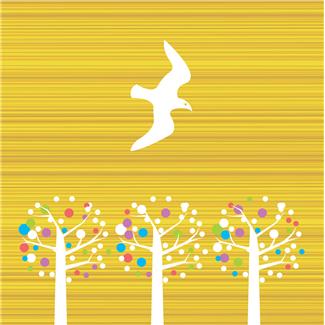 The peace process is a methodical, step-by-step method that needs simple, focused attention and caring patience. Since we humans can truly focus in on only 1 activity at a time (even though we are a society of multitaskers), when it comes right down to it, when we target our attention in 1 place, it cannot be in another place at that very moment.
The peace process is a methodical, step-by-step method that needs simple, focused attention and caring patience. Since we humans can truly focus in on only 1 activity at a time (even though we are a society of multitaskers), when it comes right down to it, when we target our attention in 1 place, it cannot be in another place at that very moment.
This means if we are working actively on the peace process, we have the chance not to be concerned with our food, our overeating, overindulgence, overzealousness, anger, jealously, greed, our finances or any of the other negative things that may reduce our greatness.
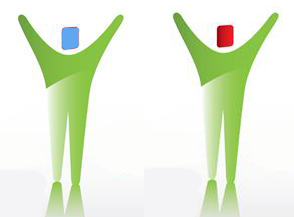 In the article, Peace And Prejudice, from June 4 of this year, we talk about how looking at the sameness in human beings can lead us to harmony and tolerance. I have said many times as has Charles Duhigg in his book, The Power Of Habit, that, in order to stop manifesting an old behavior, we have to learn and act out a new one.
In the article, Peace And Prejudice, from June 4 of this year, we talk about how looking at the sameness in human beings can lead us to harmony and tolerance. I have said many times as has Charles Duhigg in his book, The Power Of Habit, that, in order to stop manifesting an old behavior, we have to learn and act out a new one.
Think of the video store clerk of 20 years wearing jeans to work every day who gets a job in an uptown law firm where suits are required. By wearing a suit, she feels different, looks different, acts different, is a little different. After months of suit-wearing and interacting with other suits in her law firm position; the suit truly becomes her and it is difficult to remember going to work in jeans (even if that attire might be preferable).
 Another example, that I do not know firsthand, is how quickly we transform from civilian to soldier. One minute, we have a no combat life. The next, we are in a war.
Another example, that I do not know firsthand, is how quickly we transform from civilian to soldier. One minute, we have a no combat life. The next, we are in a war.
The dynamics of changing the way we act holds true for eating and acquiring an overweight status; being a good example as a mother as well as acting in a harmonic way in the realm of the peace process. When we focus our attention on studying, our attention is not on food. When we are listening, we are not talking.

When we take a shower, we are not playing tennis. When we are determined to create harmony instead of promote prejudice, we are busy being mindful of the work through which harmony may be achieved. We are doing important work and are more willing to substitute the gratitude and joy that come with peace work for satisfying a food craving. And, focused work equals fewer cravings.

This leads us to the step-by-step Peace Process, which is more of a listening process and not a speaking process. The idea here is to get to know the person who has been in this situation, if you have not. If you, yourself, have been in this situation as you grew up, eliminate step 1) and please ask these questions of yourself instead.
ACTION STEPS ARE THE PEACE PROCESS
1)
Say “YES” to being willing to be a moderator for this process.
There is no time commitment. This step just affirms that you are going to work this formula once with 1 person. We always change our minds as to what actions support the way we want to live. We are free to do so here as we see fit. This 1 “YES’ gets the process started.
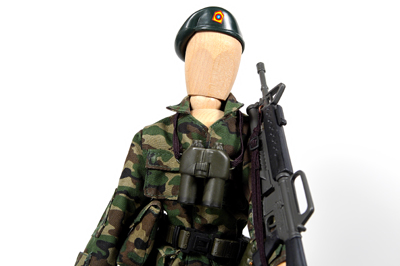
2)
Find 1 person who has lived under in a location where there is or has been political or religious terrorism. This can be done face-to-face through someone we know or someone who is a click away in our social media list.
3)
Ask this individual to sit and talk by an invitation to have tea. If this is an online meeting, consider it is tea time and actually pour a cup of tea. This grounds the conversation.
4)
Remember that you want to listen and not speak, for the most part. Tell the individual you want to learn and that this is about your understanding.
5)
Ask the following 7 questions.
a. Is it OK to ask you a little about your experience so that I can understand a little bit?
b. How old were you when you had your first encounter with terrorism in your location?
c. How often did you have terrorism in your location?
d. What precautions did you have to take?
e. How did this form you as a person?
f. Why did you think these people wanted to hurt you?
g. If you were given the chance to talk to someone taught to attack you, would you allow her 1 minute to speak about what she was taught?

h. Say thank you for being allowed to learn. Realize that you are honored to receive the information.
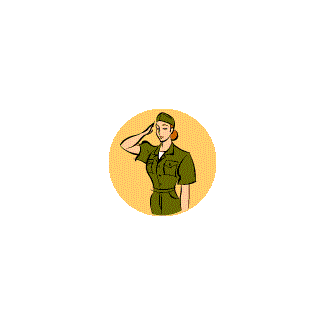 6)
6)
Ponder what you have heard, and give yourself time to understand it. If we rush in without consideration for those who have lived for years in strife, we ignore what is absolutely necessary to make the peace process work: other people’s realities.
I want to refer to and salute a close friend of mine who was raised around air raids and bombings. When she said I, an American civilian, couldn’t possibly understand what it was like since I hadn’t experienced it – and we love and respect each other as sisters – I realized it was my duty to learn more about her experiences and the passionate feelings that go along with someone’s having lived in harm’s way as a child and a teen where the only “I Declare War” I knew was a game we played using a pink rubber ball on a safe suburban street.
I believe that the learning process ahead of you and me is making the peace process a reality.
CONCLUSION

The conclusion here is the peace process itself, not talking about it but getting going on making it happen. Follow the simple method above and, please, pass it on.
In order for us to have peace, we must be aware of how each side in conflict feels. We can learn this information and build trust at the same time through sincerely employing the action steps above. Once each of us starts the process and sees the value of passing it on, there will be firmer ground from which we can be the bridge makers of peace. We must be consistent, understanding and kind.
 LET US START NOW.
LET US START NOW.
WE CAN DO THIS!
*This issue is dedicated to my father who passed 49 years ago yesterday at age 49. To Harry!*
FEEDBACK
Please leave a comment and LIKE.
DIANE GOLD, AUTHOR
Diane Gold, Founder of Warriors of Weight, Moms For Healthy Daughters, is a mentor in tai chi, kung fu and meditation, a music, fitness and stress expert and a dedicated mom.
She is concerned with tolerance and peace. She says,
“Each of us is responsible for the world’s peace. Each time we act with intolerance, we lose an opportunity to lead. Each time we take the time to understand an adversary or someone who is causing adversarial feelings or action, we lead by example. If each of us curbed an intolerance one time a day, we could develop the patience we want to teach our children and our enemies.”

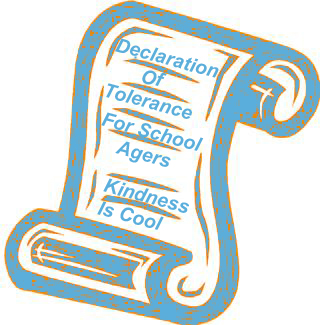 DECLARATION OF TOLERANCE FOR SCHOOL AGERS: KINDNESS IS COOL (ISSUE 53)
DECLARATION OF TOLERANCE FOR SCHOOL AGERS: KINDNESS IS COOL (ISSUE 53)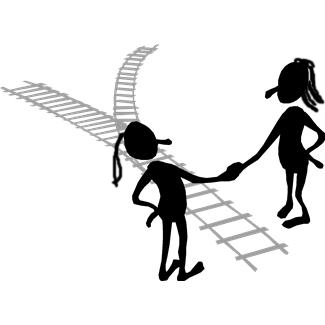
 We follow others, as kids and adults. We call this social proof. If no one goes to help the person who fell down and everyone walks by with no regard; we are less likely to rush to help the afflicted person.
We follow others, as kids and adults. We call this social proof. If no one goes to help the person who fell down and everyone walks by with no regard; we are less likely to rush to help the afflicted person.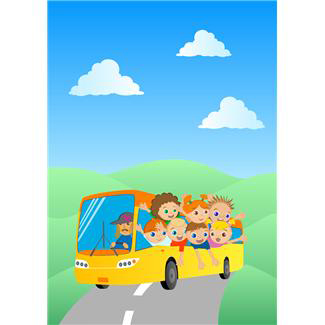 Kids form belief systems and opinions at home, in school and with peer groups. It is a given that we are influenced on a grand scale by our parents, our caretakers. Prejudice in the home rubs off. But many kids have their first encounter with intolerance, either as target or aggressor, in school.
Kids form belief systems and opinions at home, in school and with peer groups. It is a given that we are influenced on a grand scale by our parents, our caretakers. Prejudice in the home rubs off. But many kids have their first encounter with intolerance, either as target or aggressor, in school.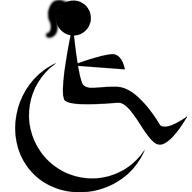
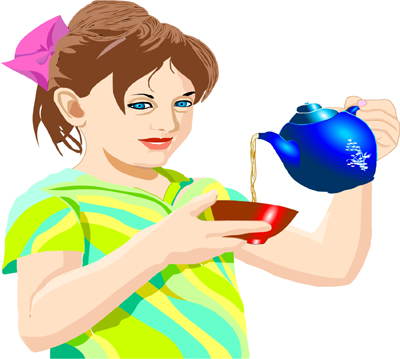 2)
2)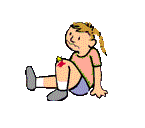 4)
4)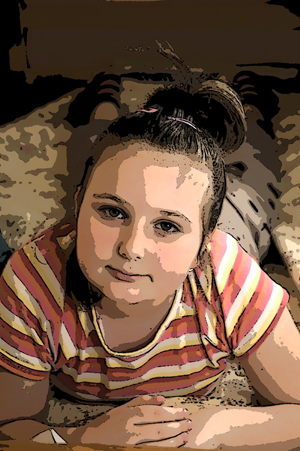 6)
6)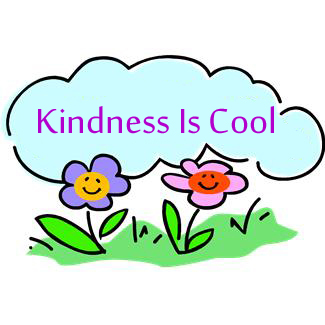 10)
10) 11)
11) So what is the key to this tolerance that is the same for losing weight, gaining weight, stopping our urges, removing our prejudice? And how do we get it?
So what is the key to this tolerance that is the same for losing weight, gaining weight, stopping our urges, removing our prejudice? And how do we get it?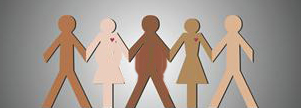 Similarly, the more we develop the ability to control our urges, such as eating chocolate, drinking soda or maligning a religion; the more we can exercise tolerance of ourselves and others.
Similarly, the more we develop the ability to control our urges, such as eating chocolate, drinking soda or maligning a religion; the more we can exercise tolerance of ourselves and others.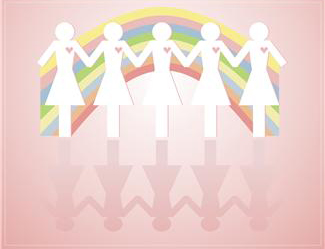 The BIG ACTION STEP, should we choose to take it, is that we must look at our homogeneity. We must celebrate our sameness and be enlightened by it.
The BIG ACTION STEP, should we choose to take it, is that we must look at our homogeneity. We must celebrate our sameness and be enlightened by it. If I could animate, I would draw a giant globe with people in every country representing all of us. Every time any one of us executed a prejudicial act, even if against ourselves; one of the cutout figures would collapse, only to be regenerated by a positive act, such as generosity or forgiveness. If we saw this visual representation on an ongoing basis, which measured our love and hate, we might more easily cherish, forgive and love each other.
If I could animate, I would draw a giant globe with people in every country representing all of us. Every time any one of us executed a prejudicial act, even if against ourselves; one of the cutout figures would collapse, only to be regenerated by a positive act, such as generosity or forgiveness. If we saw this visual representation on an ongoing basis, which measured our love and hate, we might more easily cherish, forgive and love each other.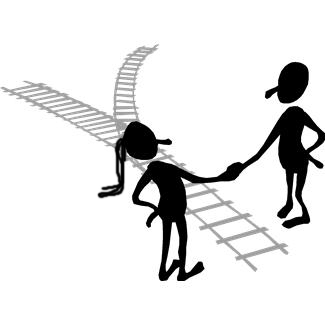 I can think of the many times I have said,
I can think of the many times I have said, 5) Once a day, we should look in the mirror at our lips smiling and know that we have just seen a very worthy human being.
5) Once a day, we should look in the mirror at our lips smiling and know that we have just seen a very worthy human being.





